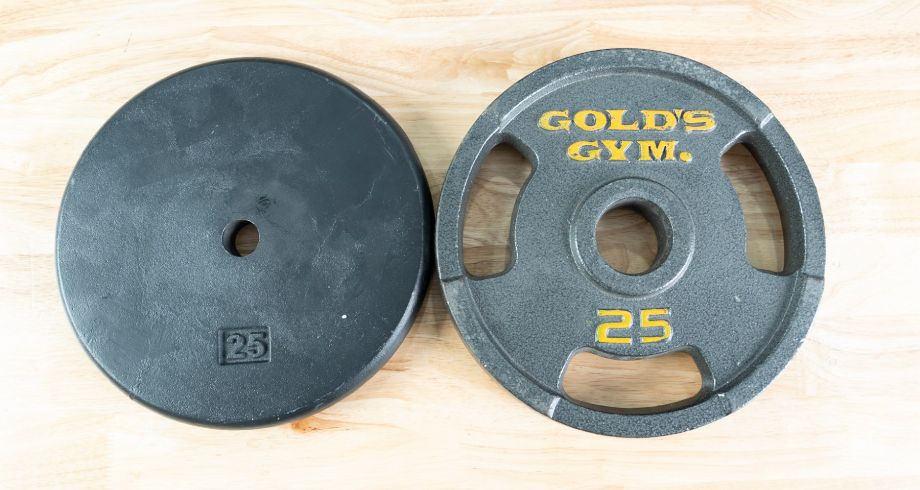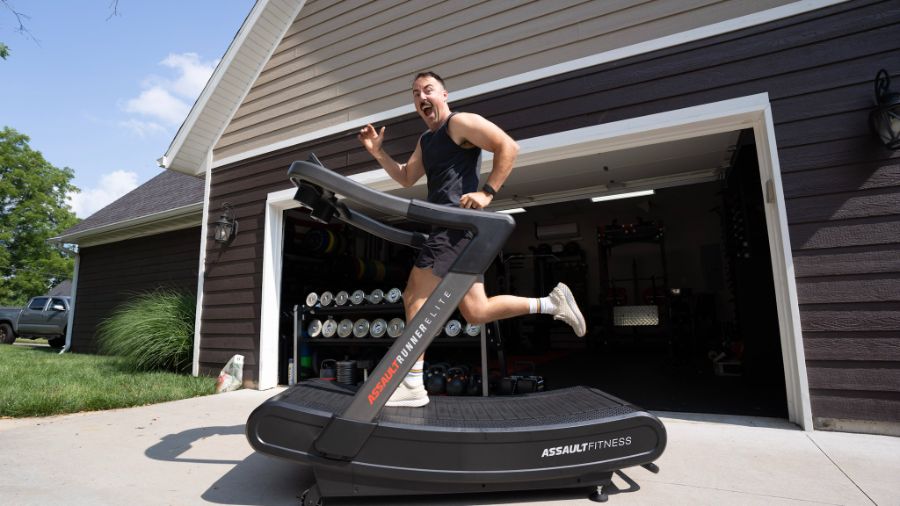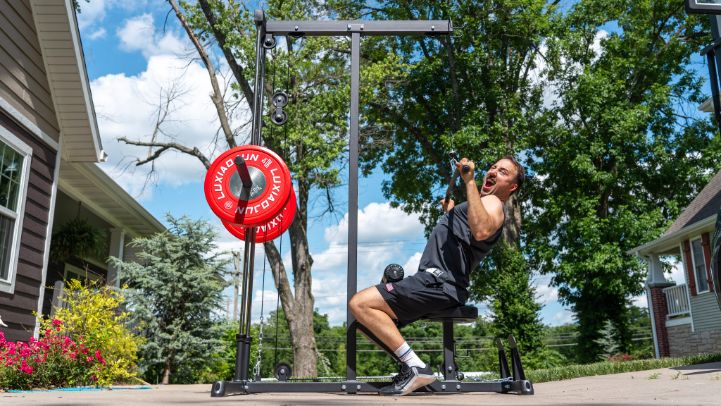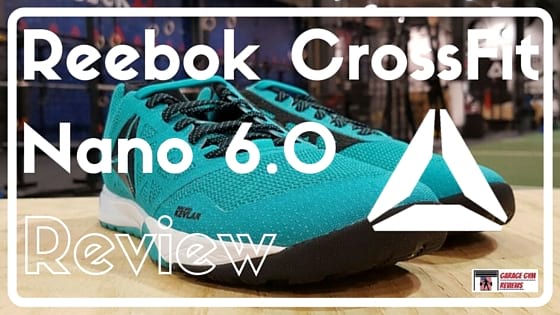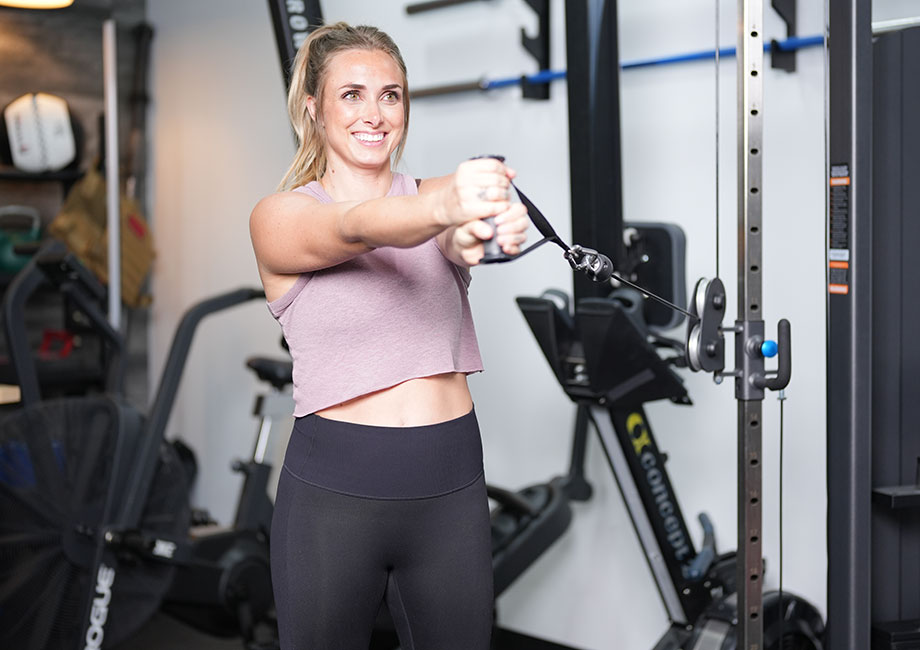Setting up a home or garage gym takes loads of work, but it’s well worth it.
While many people put together their little slice of home fitness paradise, there’s no real protocol for what gym equipment to pick up first. Some start out small, accumulating free weights like dumbbells and kettlebells to get in some weight training. Others like to splurge on a high-end cardio machine like a treadmill, elliptical, or stationary bike.
There’s no right or wrong way to go about it but, for lifters, grabbing a great barbell and a set of weight plates is often the top priority. A barbell, combined with a squat rack or power rack, provides incredible versatility and allows for advanced weightlifting from the comfort of home.
Before you buy, you’ll need to make a decision: What do I need, Olympic weights vs standard weights?
What are the key characteristics, benefits, and differences between these two common types of weights? More importantly, which one is right for your home gym?
Today, we’re taking a closer look at Olympic weights and standard weights and providing some guidance and tips on which type to choose for your home gym.
Let’s dive in!
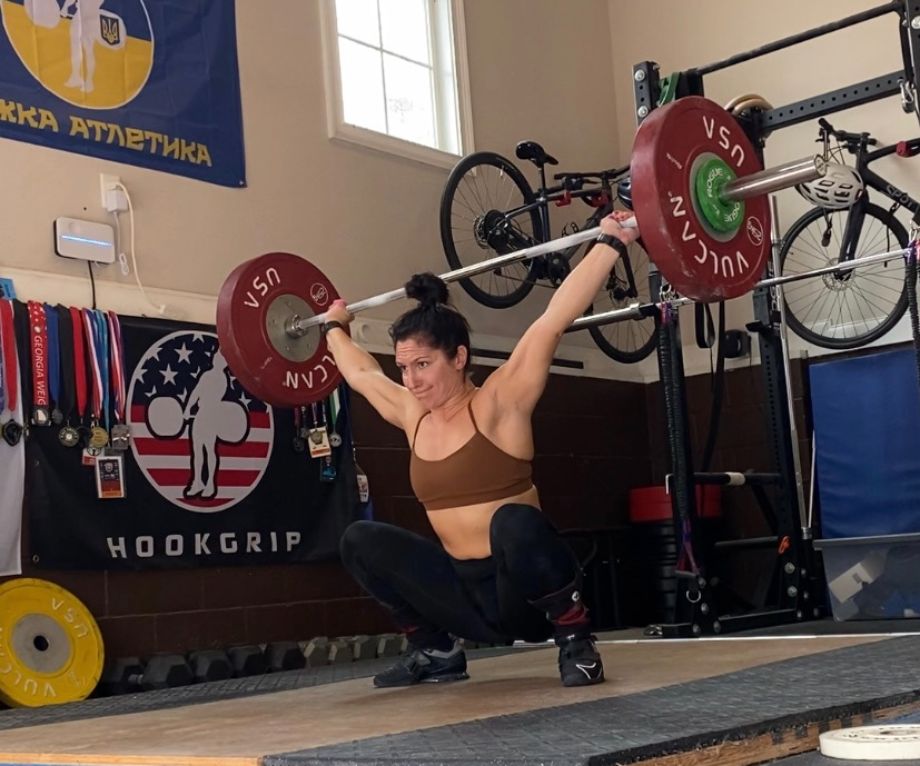
What Are Olympic Weight Plates?
Olympic weight plates are designed to fit on an Olympic barbell. They feature a center hole diameter of 50 millimeters, or approximately 2 inches, and are often typically made of cast iron or steel. There are also rubber plates, called bumper plates, that fit the Olympic measurements.
Olympic weight plates and barbells work well for a number of lifts, including squats, deadlifts, bench presses, and Olympic lifts like the clean and jerk and the snatch.
What Are Standard Weight Plates?
Similar to their Olympic counterparts, standard weight plates are designed to work with a standard barbell. They, too, are often made of cast iron, but feature a center hole diameter of 25 millimeters, or roughly 1 inch.
Standard barbells and plates may be used for squats, deadlifts, bench presses, but are not ideal for Olympic weightlifting. While this seems to suggest Olympic barbells and plates are therefore the superior option, standard barbells and weight plates tend to be more affordable, making them a good option for beginners.
RELATED: How Much Does a Barbell Weigh?
Olympic Weights vs Standard: Key Differences and Similarities
Now that we’ve established what’s what in regard to Olympic vs standard weights, let’s explore the subject a little further in regard to their characteristics, applications, differences, and similarities.
Center Hole Size
The center hole size is one of the biggest and most important differences between the two types of weights. An Olympic weight plate will have a center hole size of 50 millimeters, which is approximately 2 inches, while a standard weight plate is half that at 25 millimeters, or approximately 1 inch.
For this reason, standard weight plates will never fit on an Olympic barbell because the center hole is too small.
When reversed, an Olympic plate could, conceivably, work with a standard barbell, since the 2-inch hole of the plate is plenty wide to get around the 1-inch diameter of the barbell, but you will need an adapter sleeve to account for that one extra inch and ensure it’s a snug fit.
Diameter
Another major difference between Olympic weight plates and standard weight plates is the diameter of the plate itself, as Olympic weight plates are typically larger and wider than standard weight plates.
Of course, the diameter of the plate itself will vary depending on the weight of the plate. A 2.5-pound plate will be much smaller than a weightlifter’s 45-pound plate.
For our comparison, we’ll focus on the 45. A 45-pound Olympic weight plate has a diameter of approximately 450 millimeters across, or 17.7 inches, while your run-of-the-mill 45-pound standard weight plate will have a diameter of approximately 350 millimeters, or 13.8 inches.
RELATED: Crazy Ways to Use Weight Plates
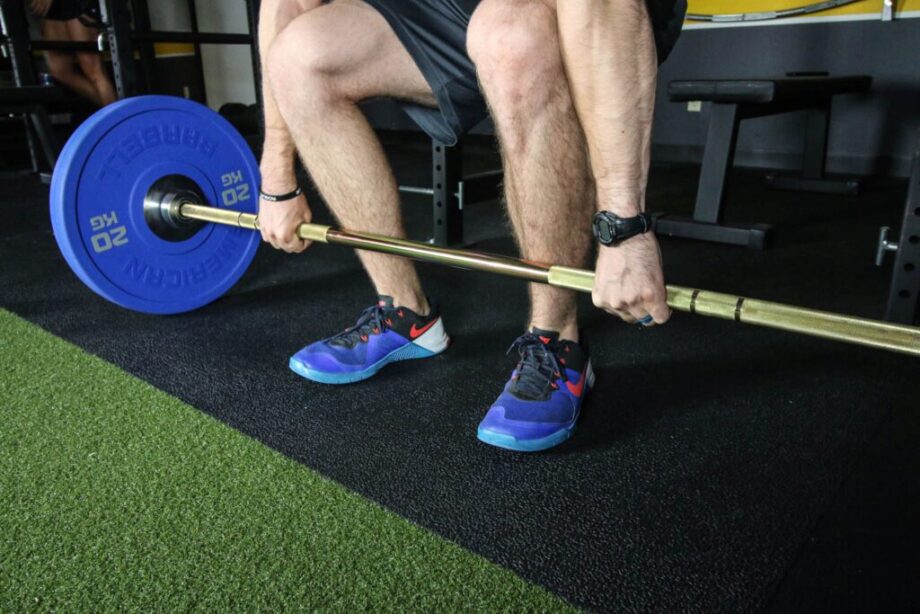
Pricing
The differences in pricing will depend on several factors, including the brand, material, and weight of the plate. Generally speaking, a set of Olympic weight plates will cost more than a similarly sized set of standard weight plates.
There are a few reasons to explain this. Olympic weight plates are often made of higher-quality materials. The Olympic plate also offers more versatility since it is compatible with an Olympic barbell and could work with a standard bar if you purchase an adapter.
If you’re a dedicated weightlifter who needs high quality weights in your home gym, an Olympic barbell and weight set is clearly superior. Because standard barbells and weights are more inexpensive, however, they are a better choice for beginners or casual lifters.
RELATED: How Much Does A Home Gym Actually Cost In 2023
Availability
Olympic weight plates are available in heavier weights than standard weight plates, with some plates weighing as much as 100 pounds or more, whereas standard weight plates typically only go up to 45 or 50 pounds.
If you tend to lift heavy or are working to compete in a weightlifting competition, choosing an Olympic barbell and weight set is likely the best option.
Construction Materials and Durability
Both are typically made from high-quality materials, like cast iron or steel, and designed to withstand use and abuse in both home and commercial gym settings. However, Olympic weight plates get the edge because they’re usually coated with a black oxide or a powder-coated finish to combat rust and corrosion. For this reason, some Olympic weight plates are more durable and built to last than standard.
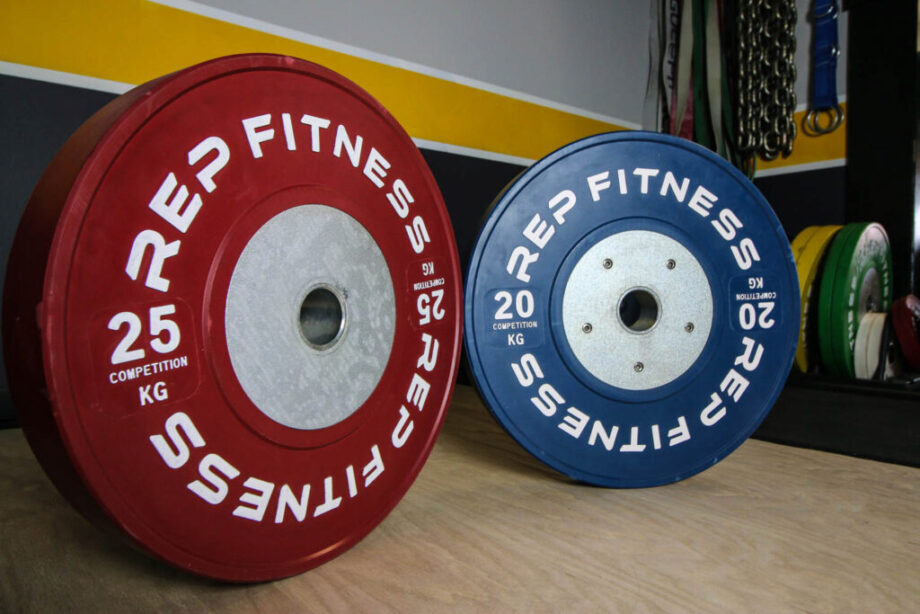
Common Plate Styles
We’ve already covered a lot about standard and Olympic weight plates, but are there more types on the market to sort through when making your purchase?
Here’s a quick overview of several other common plate styles.
Bumper Plates
Bumper plates are a type of Olympic plate made of solid rubber. Because of this, they may be dropped from overhead without damaging the floor or the plates. They are commonly used in Olympic weightlifting, CrossFit, and other applications where the lifter may need to drop the bar after completing the lift.
Competition Plates
Competition plates are similar to Olympic bumper plates. They both are made from rubber, but the competition plate also features a steel insert located around the center hole. Competition plates are created to IWF specifications, including dimension, and color, and offer the most professional weightlifting experience out there.
Compared to typical bumper plates, they offer more durability, less bounce, and marginally less thickness. For the casual lifter, the differences are slight, but they may make a world of difference to a seasoned weightlifter or IWF competitor.
Grip Plates
Grip plates differ from traditional plates because they have built-in handles or grips, usually in the form of cutouts along the diameter of the plate. The grips make it much easier to pick up and move plates, which is super helpful when you’re using heavy weights or doing drop sets and need to swap out plates frequently.
Grip plates are available in both standard and Olympic sizes.
Coated Plates
Coated plates have a layer of protective plastic, polyurethane, or rubber coating over the surface of the plate to prevent chipping, scratching, and other wear and tear. The coating often is easier to grip compared to bare metal plates, which helps when your hands are sweaty or when you’re working with heavier weights. In addition, coated plates are typically available in both standard and Olympic sizes.
RELATED: Urethane Vs Rubber Bumper Plates
Fractional Plates
Fractional plates, sometimes referred to as micro plates or change plates, are small weight plates that weigh 0.5, 1, or 2.5 pounds. If you’re looking to add weight in the smallest increments possible, fractional plates make a good addition, but casual lifters often will not need this niche plate type.
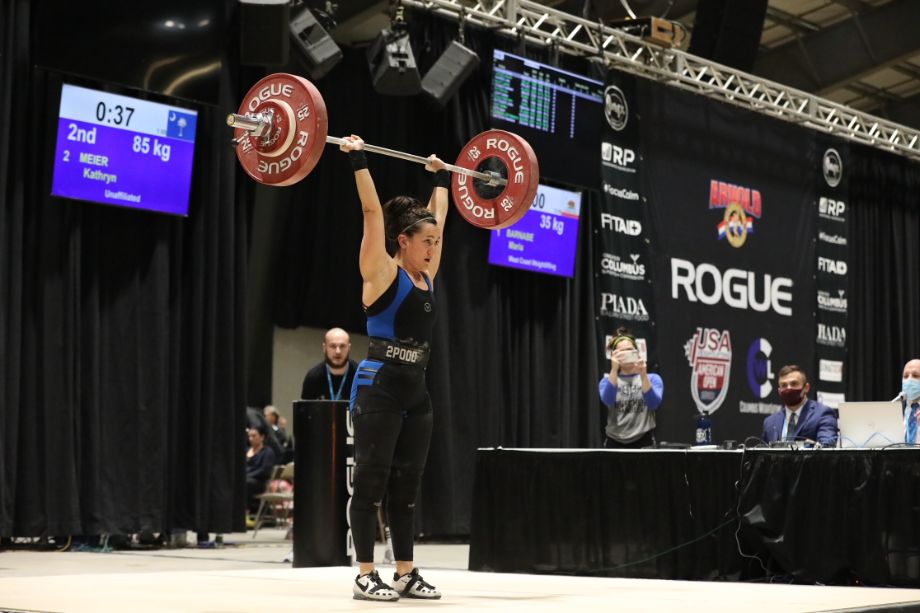
Adaptability and Uses
Both Olympic and standard weight plates are good for standard lifting purposes and powerlifting. If you’re looking to get in a set of bench presses, squats, deadlifts, or other standard lifts and exercises, either type of bar should suit you just fine.
For Olympic lifts like the snatch or clean and jerk, an Olympic bar and plates are a must. Not only are Olympic bumper plates a safer option for you, the plate, and the floor, but the bar itself features unique bearings that give it more spin. Because of this, the lifter will have a much easier time rotating under and catching the bar during the main movements of these lifts.
Because of their adaptability and larger size and weight, Olympic weight plates and barbells are often favored by advanced lifters and those training for competition, while standard weight plates suffice for beginners and casual lifting.
Competitions
There could be a world of difference between what’s used at a local meet versus the IWF World Weightlifting Championship and the Summer Olympics.
For the sanctioned competitions, Olympic barbells and competition bumper plates are used. There are a number of reasons for this, including the Olympic bar’s ability to hold more weight and the competition bumpers’ high weight tolerance and accuracy.
Standard barbells could be fine for home use, but competitions almost exclusively use Olympic barbells and plates.
Olympic Weights vs Standard: Which Should You Buy?
If you couldn’t tell from our breakdown above, Olympic barbells and plates get an edge in most categories, but does that mean they’re the all-around better buy?
Not exactly. Before you break out the credit card and choose a barbell and plates, ask yourself:
- What are your personal fitness goals?
- Are you training for CrossFit and/or weightlifting competitions?
- Will you be doing cleans, snatches, and jerks regularly?
If so, you need an Olympic bar and weight plates. If your focus will be on garden variety health and fitness or bodybuilding, on the other hand, standard bars and weight plates might do just fine.
The other main determining factor will be your budget. If price is not an issue, feel free to splurge on an Olympic bar and plates, as you’ll enjoy better quality, more adaptability, and more value as a result. On the other hand, standard equipment should be cheaper if your goal is to keep costs down.
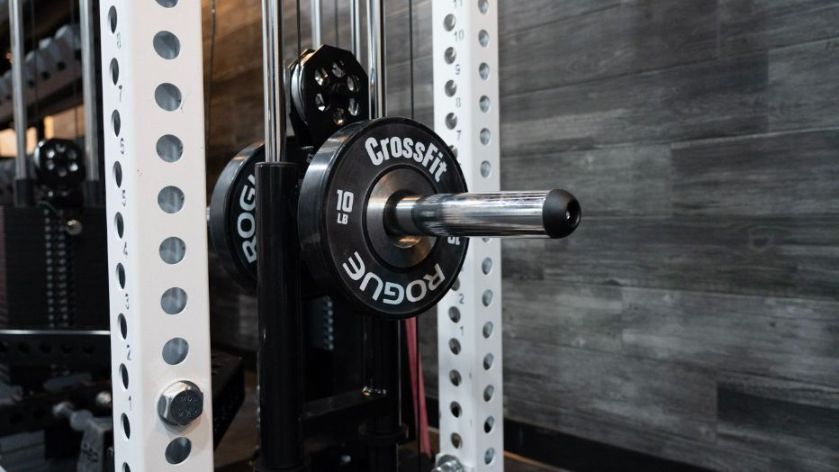
Olympic Weights vs Standard: Final Thoughts
In the showdown of Olympic weights vs standard, who emerges triumphant?
In our opinion, Olympic barbells and weight plates have a lot more going for them so, if they’re within your budget, we recommend buying these over the standard alternatives.
However, what really works best for you and your home gym will come down to personal preference and your fitness goals. Some athletes will never settle for anything less than a high-quality Olympic barbell and regulation competition bumper plates, while a person just looking to eke out a set of bench presses in the garage a few times a week might feel a standard barbell and plates are more than enough to get the job done.
No matter which you choose, both Olympic and standard weight plates are effective tools for achieving your fitness goals and improving your overall health and well-being.
Olympic Weights vs Standard: Q&A
Which is better, Olympic plates or standard?
There’s no simple answer to this common question, but we tend to favor Olympic plates over their standard counterparts. Olympic plates tend to win in most side-by-side comparisons.
Can I use Olympic plates on a standard bar?
As is, you cannot use Olympic plates on a standard bar. However, there are adapter sleeves available to allow for the Olympic plates, with their 50-millimeter center hole, to fit snugly around the 25-millimeter diameter standard barbell end.
What is the difference between an Olympic barbell and standard barbell?
There are many differences between Olympic barbells and standard barbells, most notably their size, weight capacity, and intended use.
Olympic barbells are designed for use with Olympic weight plates, which have a 2-inch diameter center hole. They are larger, heavier, and longer, with a weight typically between 33 and 44 pounds and a length of 7 feet. Olympic barbells have a higher weight capacity, usually around 1,000 pounds, and feature rotating sleeves that allow the plates to spin independently from the bar. This is a great feature for lifts like the snatch and the clean and jerk.
Standard barbells, on the other hand, are designed for use with standard weight plates, which have a 1-inch diameter center hole. They are shorter, lighter, and have a lower weight capacity, usually around 200-300 pounds.
RELATED: Barbell Buying Guide: A Complete Look At How To Choose A Bar
What is different about an Olympic plate?
The main differences between an Olympic plate and a standard plate include:
– Size
– Center hole size
– Quality of material
– More accurate weight
Olympic plates are an excellent addition to a home gym, as they provide high quality performance equipment and an overall superior value compared to standard bars and plates.
In the end, the choice is yours.


